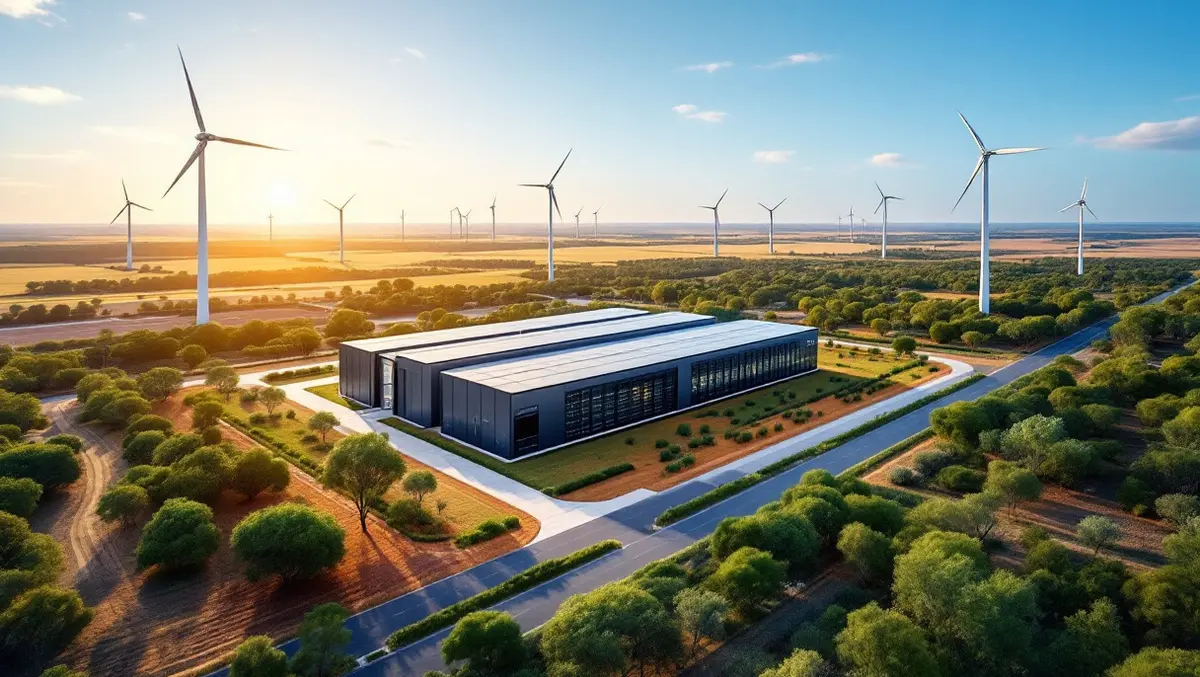
Australia's data centre boom shifts to regional areas
Australia's data centre market is expanding rapidly, with a significant increase in demand for facilities in regional areas driven largely by advances in artificial intelligence technology and the growth of renewable energy infrastructure.
The number of data centres located in Australia is expected to double within the next five years as pressure on the country's existing network mounts, according to Daniel Moroko, Founder and Chief Executive Officer of the land acquisition agency Rok Solid.
Recent data from Knight Frank's 2025 Global Data Centres Report identifies Australia as the second-largest destination worldwide for data centre investment, surpassed only by the United States. The report projects an annual growth rate of around 20% for data centre investment in Australia until 2030.
Moroko said, "Australia is home to over 250 data centres, with 27 now located in regional areas, and that figure is set to increase significantly within the next decade." He attributed this expansion to substantial advances in AI technology, which in turn created a need for enhanced remote storage and processing capabilities.
While major centres such as Sydney, Melbourne, and Brisbane have well-established data centre networks, Moroko noted a shift towards regional locations. "Regional areas, particularly Renewable Energy Zones (REZs), are becoming prime locations for these developments due to their reliable power supply," he said.
Moroko also highlighted changing dynamics in data centre ownership and operation. "We've seen a significant shift in data centre operators as traditional tech giants like Google, Amazon, and IBM are no longer the only ones seeking data centre sites." He indicated that companies in the renewable energy sector are also increasingly active in seeking to establish data centres, marking a shift from the previous dominance of technology companies.
Land values have risen in response to this surge in demand for suitable sites. "Land suitable for data centres can be worth 150% to 200% more than its usual market value, often found in commercial areas, old warehouses and industrial sheds that can be transformed," Moroko explained.
The operational value of these centres is also notable. "Once operational, data centres can be valued up to 20 times more than traditional commercial properties due to their role in supporting digital economies," he said.
The strategic move to regional Australia is supported by the development of Renewable Energy Zones, which provide stable and increasingly sustainable power sources for energy-intensive data centre operations. This has made regional areas attractive for both established industry players and new entrants from the renewable energy sector.
According to Knight Frank, Australia continues to grow as a favoured location for global data centre investment, benefiting from the proliferation of digital services and the predicted upsurge in AI-related data requirements.
The continuing expansion of data centres is expected to have broad economic implications for regional communities and the commercial property sector, in addition to supporting national digital infrastructure goals.


